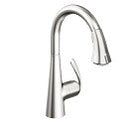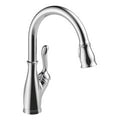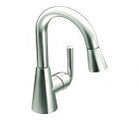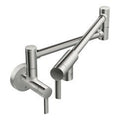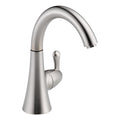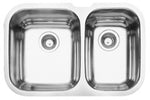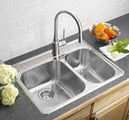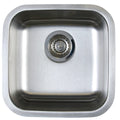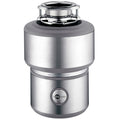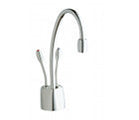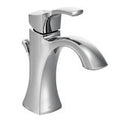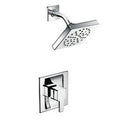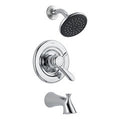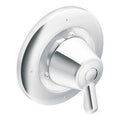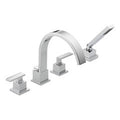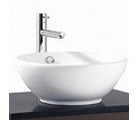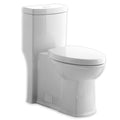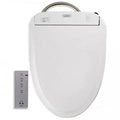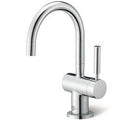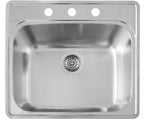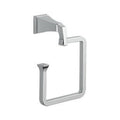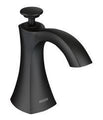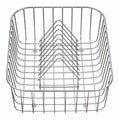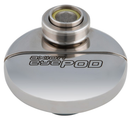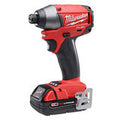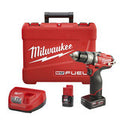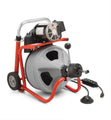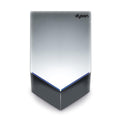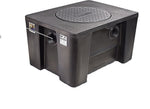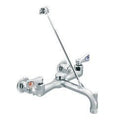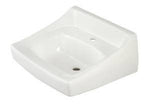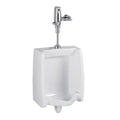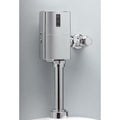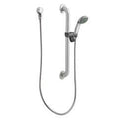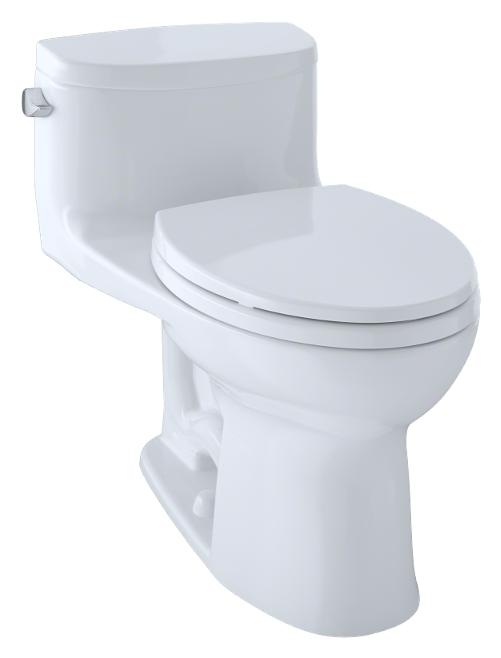
What to Consider When Replacing a Toilet
- 0 Comment(s)
- /
While virtually any malfunctioning toilet can be made serviceable with the installation of a few inexpensive parts, today's offerings can make replacement the most viable option. Manufacturers have accounted for many design considerations specific to the challenges of replacing a toilet. Here are a few points, critical to making the best purchase.
Rough-In Dimensions
The rough-in of a toilet is determined by the distance between the finished wall to the center of the closet flange. The industry standard rough-in is, as it has been for antiquity,12 inches. However, past renovations including the addition of drywall onto lathe and plaster, as well as tile might reduce this distance enough that a standard toilet cannot be installed without significant remodeling. One can determine a rough-in without first removing the toilet. This is accomplished by measuring the distance from the finished wall to the center of one the toilet bolts. In rare instances, a toilet bowl may have four bolts. In this instance, measure to the bolts closest to the wall. Some manufacturers offer a 10-inch rough-in toilet to address this problem. The main problem with this approach is that it limits choice. A consumer might choose to neglect some performance characteristics and aesthetics available only in a 12-inch model.
Footprint
Under normal circumstances, flooring is installed right up to the edge of the toilet flange. Where this is not the case, the dimensions of the base of the toilet might need to be accounted for, as a replacement may not cover the unfinished subfloor. It can be tricky to get product specifications for a toilet footprint and one has no way of ascertaining whether it is a necessary consideration, before pulling the old toilet.
Banjo Countertops
A scourge of the service plumber, a banjo countertop sits just above a toilet tank cover - making the simplest repairs, an ordeal. In an effort to reduce the negative visual impact a toilet has on a bathroom, (I think they look great) designers unwittingly reduced the serviceability of the toilet - making repairs most homeowners could easily perform, the task of a hired professional. If cost and time considerations prevent a homeowner from removing a banjo countertop, height of a toilet will need to be accounted for.
Regular Round v. Elongated
The vast majority of toilets fall under these two basic categories. Comfort is the key difference - elongated being the clear winner. For any given model, elongated bowls extend about an 1-1/2" farther than a regular round - enough to come into consideration in small spaces. While some have suggested regular round toilets perform better, there is no conclusive evidence to support this notion. Some toilets feature a unique bowl shape requiring a similarly unique seat.These seats can be costly and difficult to source. Unless there are overwhelmingly benefits, avoid any oddball toilets.
Performance
Governmental restrictions on water consumption have resulted in a surge of innovations from manufacturers in their effort to produce more effective flushing toilets. Design features include glazed trapways, multiple nozzles, dual-flush, water pressure assisted models, and larger flush valves. MaP (measures of academic progress) ratings for toilets refer to the number of grams of miso paste that can be flushed. To fans of Japanese cuisine this could seem quite wasteful, but it has provided the most useful metric available for flushing effectiveness.
Closet Flange & Subfloor
Until an old toilet is removed, there are few ways to know the condition of the subfloor, closet flange, and the connected drainage line. The closet flange may be deeply recessed from added layers of sublfoor material and flooring. Cast iron, lead, or copper drainage piping may be badly corroded and in need of replacement. A host of products have made these sorts of repairs much easier than in the past. While a set-back to timeline and budget, it is preferable to discover such deficiencies this way, than by flooding damage.
Expense
Whether weighing the added expense of a 10" rough-in toilet against replumbing, or considering a modern hygenic self-cleaning model, manufacturers cater to all budgets. Even some of the most modestly priced models offer basic reliable service.
Bearing in mind these considerations, I hope this has been helpful in the purchase of your next toilet.











